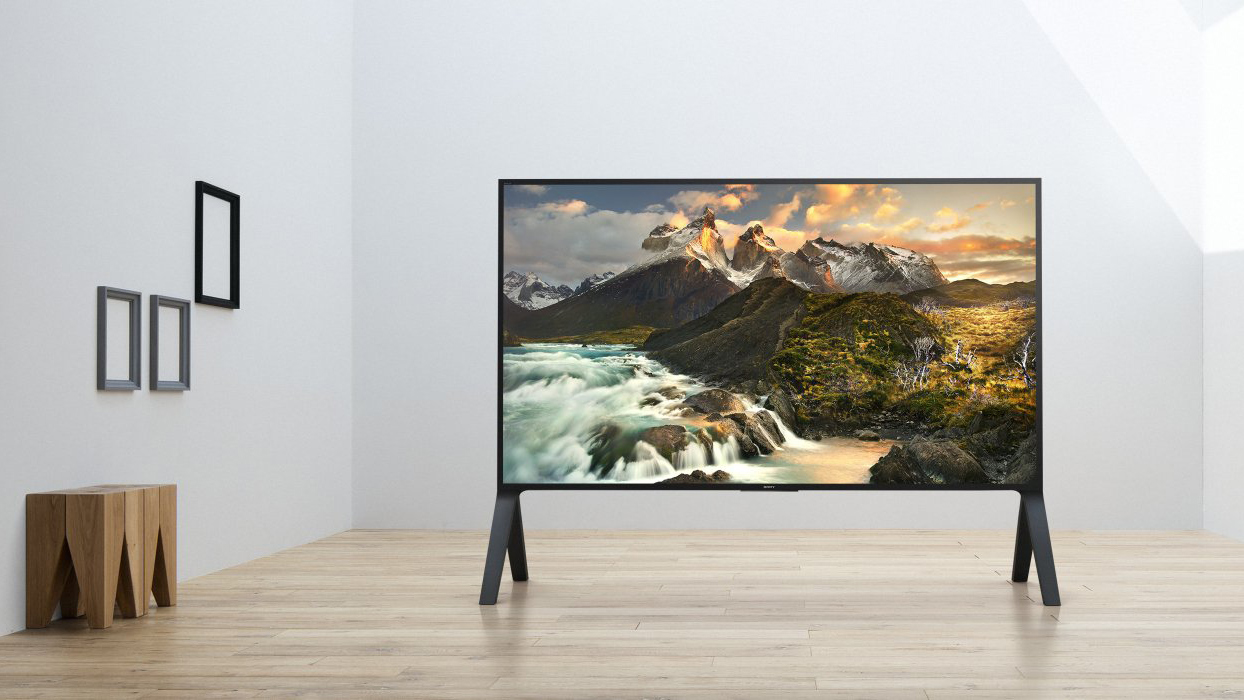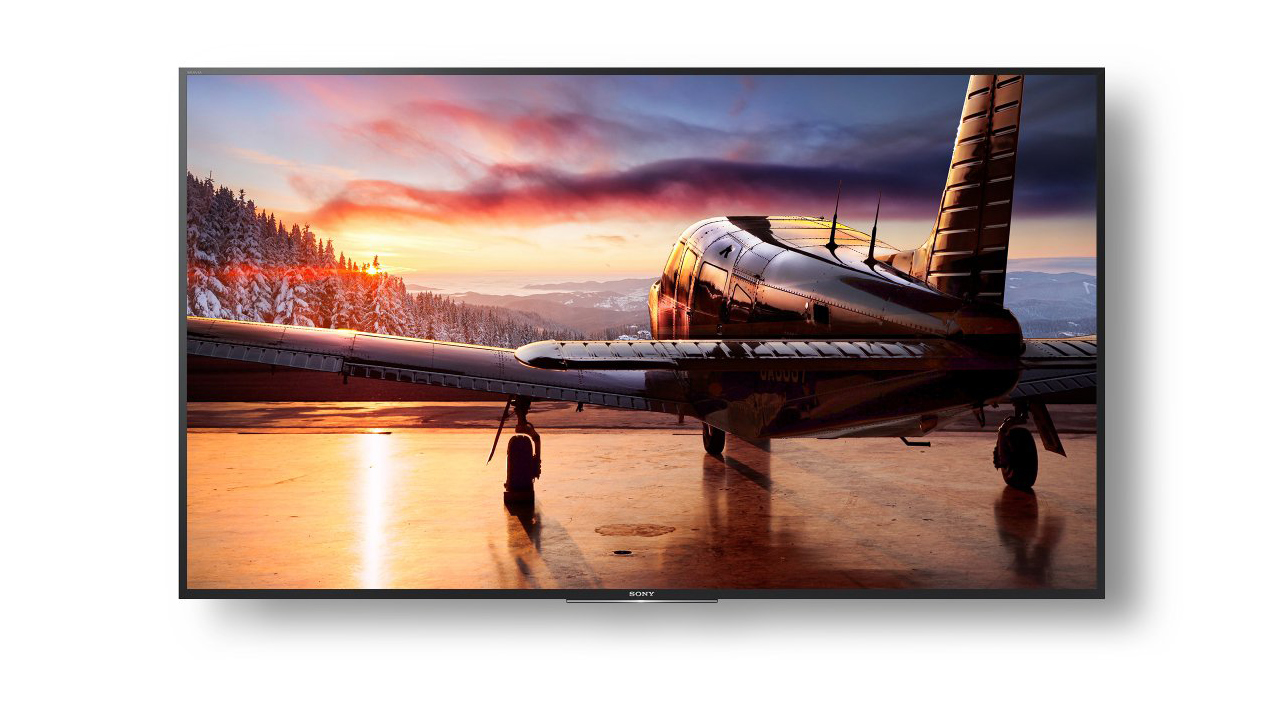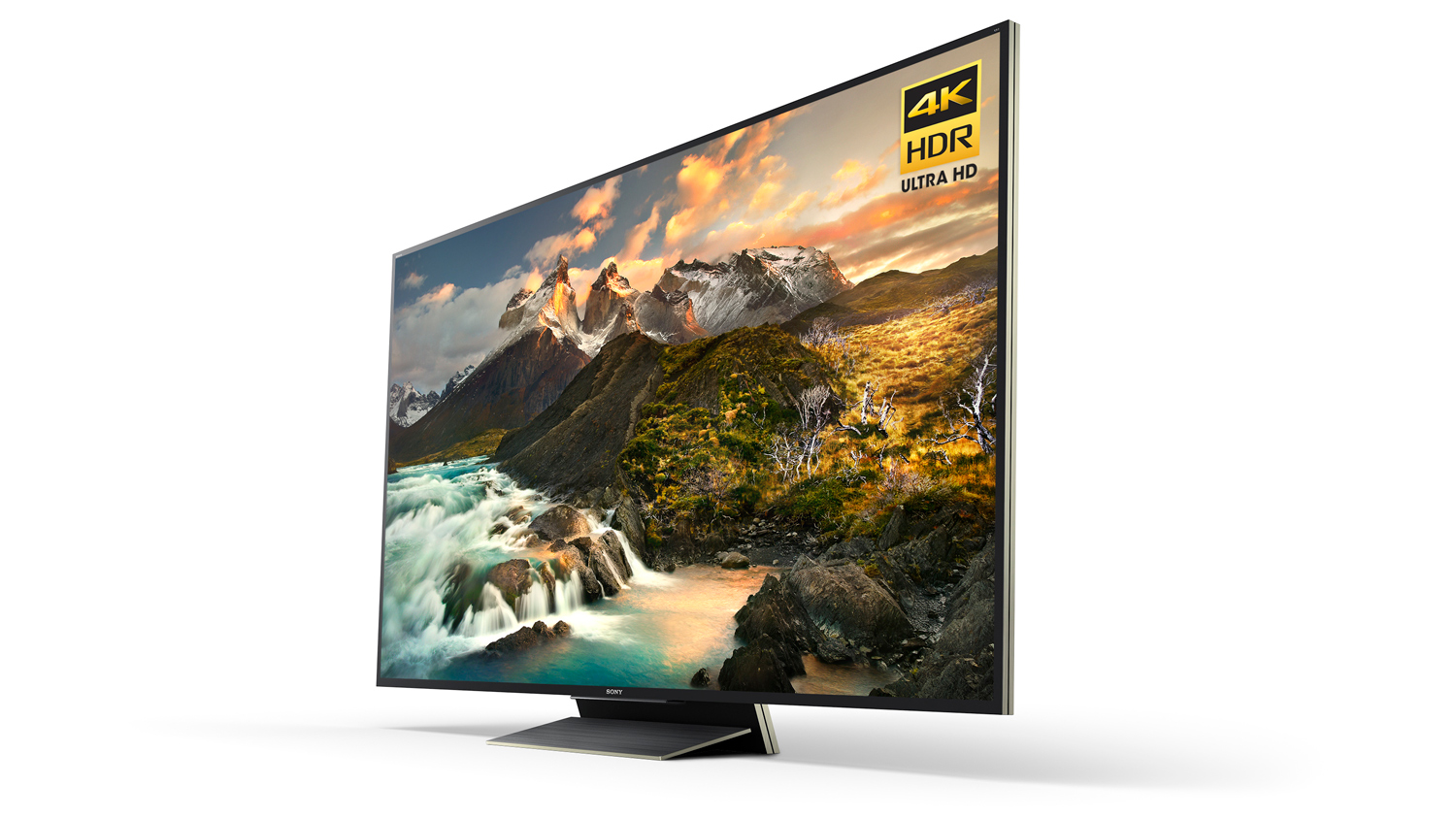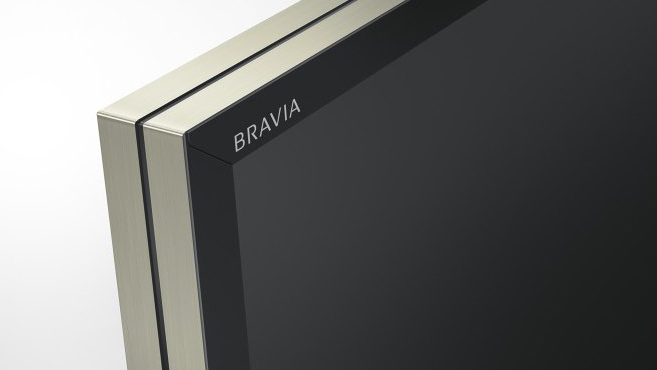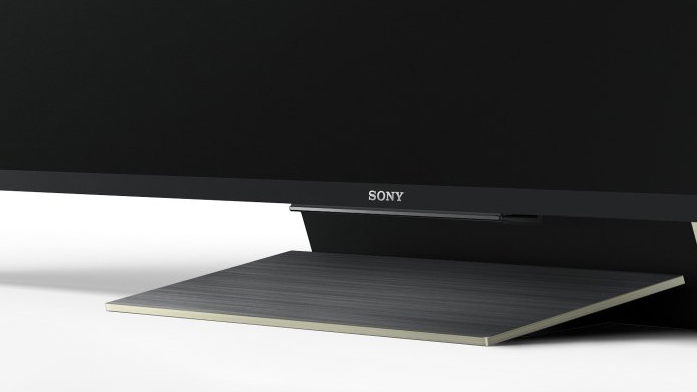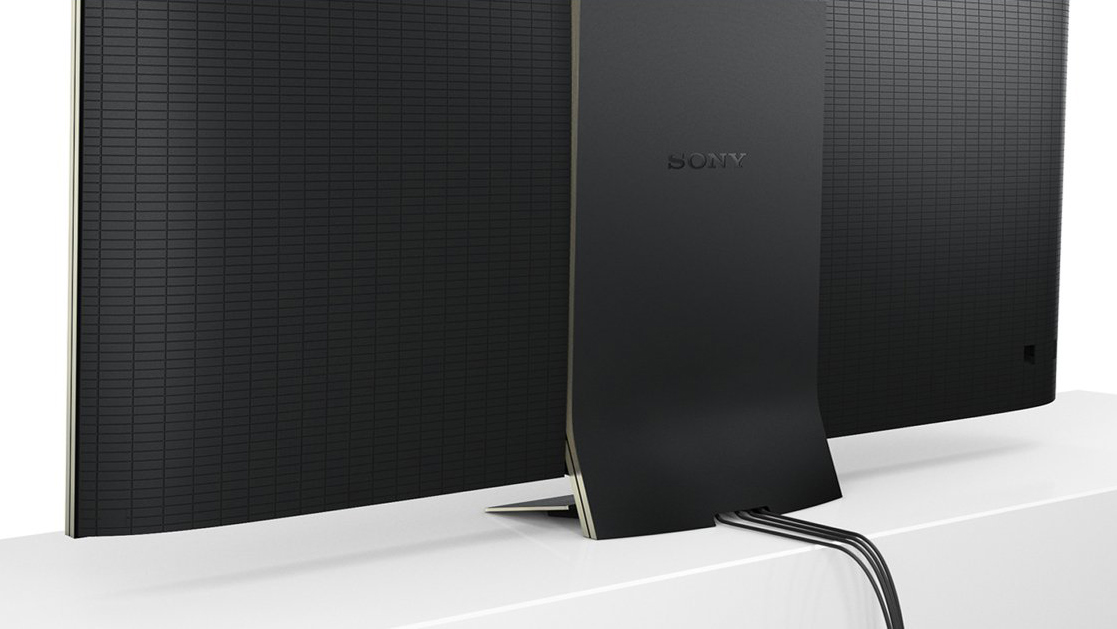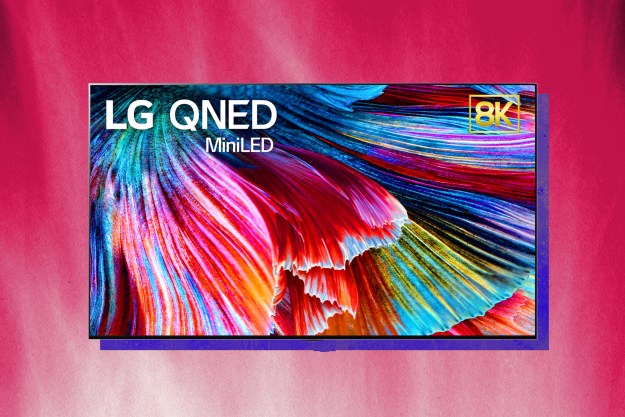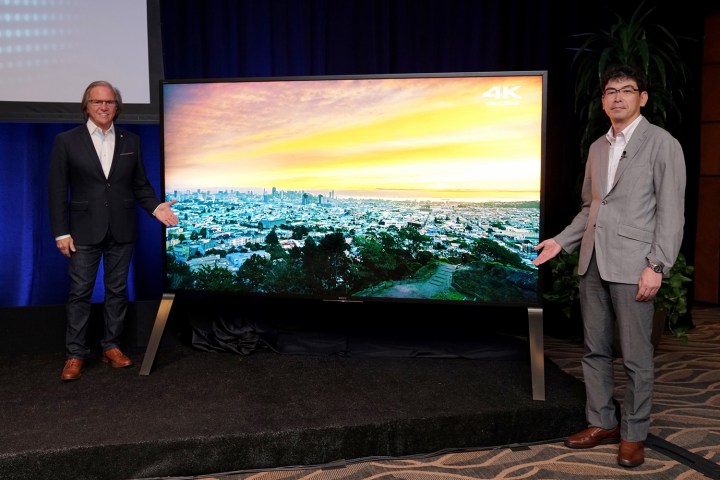
Introducing the new Sony Z series television.
What makes Sony’s new TV such a big deal is a combination of its backlight system, which the company calls Backlight Master Drive, and its processing, called 4K HDR Processor X1 Extreme. That may sound like a lot of marketing babble, and to an extent it is, but Sony backs up its lavish naming convention with actual performance — and we’re very impressed.
With Backllight Master Drive, Sony has brought its Z series TVs dangerously close to OLED TVs in terms of black level and shadow detail, while exceeding OLEDs brightness capabilities for a 4K HDR experience that you really must see to believe. Sony’s new backlight system works by increasing the number of LED backlights in use by several times (Sony won’t say how many are in use, but it’s apparently a lot), adding individual control to each and every LED in use and finely focusing the light to a very tight set of pixels. The system is so advanced, you can’t even call the Z series a full array local-dimmed TV because it exceeds that.
As a result, black levels are better than any other LED TV we’ve seen, flare/halo effect is all but eliminated, and there is almost no backlight bleeding. Another benefit is considerably higher brightness; because there are so many LEDs at work and the light doesn’t have to be spread out across a large area, brightness is considerably increased. Color volume is also significantly enhanced, thanks to higher brightness levels.
The net result is eye-popping contrast. Having just reviewed the Sony X930D — Sony’s flagship series for TVs up to 65-inches — we can confidently say the Z series absolutely blows it out of the water and represents a quantum leap forward for LED televisions.
Check out our interview with Sony Electronics President and COO, Mike Fasulo, here:
During our brief evaluation times between demonstrations, we got up close and scrutinized the Z series’ performance to the best of our ability, and while we weren’t able to come anywhere near what we would consider a proper evaluation, it was immediately apparent Sony had just issued its best TV to date. The term “game changer” gets tossed around haphazardly these days, but not since the introduction of LG’s OLED TVs has this jaded reviewer been so impressed, and we’re pretty confident OLED is going to get a run for its money. In fact, it’s hard not to see the Z series as a more practical TV in many ways, given its outstanding brightness and HDR capabilities.
One area in which the Z series isn’t especially competitive is price. The 65-inch model will sell for $7,000, the 75-inch for $10,000, and the 100-inch version, well, Sony’s not saying, but you can bet it will be stratospheric. $50,000, anyone?
The new Z series is available for pre-order now at Sony’s website and will be available at other retailers, including Amazon, later this summer.
Editors' Recommendations
- Sony debuts the Bravia 9, its brightest 4K TV ever, alongside new 2024 models
- Roku TV turns 10, celebrates with new Pro Series mini-LED sets
- Hisense just debuted the world’s largest mini-LED TV at 100 inches
- Sony claims mini-LED superiority with 2022 8K and 4K TVs
- Toshiba brings 120Hz to Fire TVs with new flagship M550-Series

